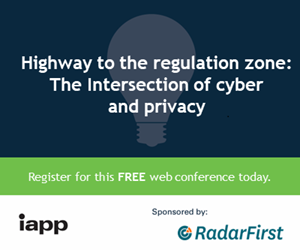Since the first humans realized the healing properties of plants, people have been sharing medical remedies. So it should come as no surprise, perhaps, that in today's Information Age, such sharing takes place online.
On sites such as PatientsLikeMe.com and MigraineLiving.com, people post their symptoms, diagnoses, and genetic information for their own benefit and that of others. Recently, more platforms to aid, even encourage such sharing have emerged. LAMsight, a new portal for those who have LAM disease, culls patients' entries into a database that researchers and physicians can use to learn more about the rare and fatal condition. Last month Pfizer announced it will create a site where patients can post personal health information so that researchers, physicians, and drug makers can connect with them on trials that could lead to breakthroughs or cures. And Belgian pharmaceutical company UCB said in June that it will team up to create an online community for those who have epilepsy.
Although the research community acknowledges the limitations of the medium, they are simultaneously excited about the potential benefits of all this sharing. Frank Moss, a LAMSight collaborator and director of the famed MIT Media Lab, told the New York Times that aggregating patient data in this way 'could generate new hypotheses and avenues for research.'
The health information-sharing movement, however it nets out, parallels another being discussed among some of today's brightest thought leaders. In a March Wired magazine article, writer Daniel Roth suggested a similar kind of "openness" for the financial sector, one where, as he put it, "data empowers the public for the public good." He proposed a new, radical approach to financial disclosures, where everyone is given the "tools to track, analyze, and publicize financial machinations..." This radical transparency, he said, could serve the greater good by helping predict and prevent future financial-sector meltdowns. "Only when we give everyone the tools to see each point of data will the picture become clear," Roth wrote.
Assuming privacy fears can be quelled, radical transparency in the health arena, albeit more personal and voluntary than the financial scenario described above, could lead to treatments, cures, and preventative measures we haven't imagined.
In this issue of Inside 1to1: Privacy, Larry Dobrow outlines the landscape of health information sharing. Will we "go radical?" Let us know what you think.
Also this month we continue our look at global consent requirements with Jay Cline's "Privacy consent glossary." As always, we hope you find this issue of Inside 1to1: Privacy useful to your work.
J. Trevor Hughes, CIPP
Executive Director, IAPP






























Comments
If you want to comment on this post, you need to login.